I live in Texas and there are mesquite trees everywhere. In fact, they’re not actually a tree (more like a bush) and technically, they’re part of the legume family.
Mesquite trees are called trash trees by locals. When their bean pods drop every summer, the pods are everywhere. Many don’t find mesquite attractive, either. Landowners will simply cut them down because of how ugly they are and because their pods create a lot of trash on the ground.
I, on the other hand, have always loved mesquite trees — even before I knew that the pods were edible. It’s a unique tree and one that is a staple of the South.
As mentioned, the bean pods everyone seems to hate are actually edible and can be made into a variety of things. While you could technically eat the pods straight, they aren’t very tasty that way and should be processed.
You can grind them into meal or flour, and the flour can be used to make little cakes you fry up for a snack. You can also make a mesquite bean jelly that is sweet and delicious. The mesquite pods contain about 25% fiber, and the seeds contain about 35% protein.
The mesquite flowers themselves can be roasted and smashed into edible balls. Or you can boil the flowers in hot water for a delicious tea. The mesquite tree and the leaves can also be used for medicinal purposes. But my favorite way to use the pods is to make mesquite bean coffee.
How To Make Mesquite Bean Coffee
There’s no caffeine in the pods, but it does give you a caffeinated effect that some believe is due to the sugar content. Whatever the cause, it certainly wakes you up and has a nice sweetness to it (but not overly sweet).
Related Post: Caffeine-Free Coffee Substitutes That You Can Forage In The Backyard
Making coffee from mesquite beans is so, so easy. Read on to learn how to do it step-by-step.
Ingredients And Supplies
- 1 cup of mesquite beans
- Baking sheet
- Coffee grinder
- Coffee maker, pour-over, AeroPress, or French press (depending on preference)
Directions
1. Collect Mesquite Beans
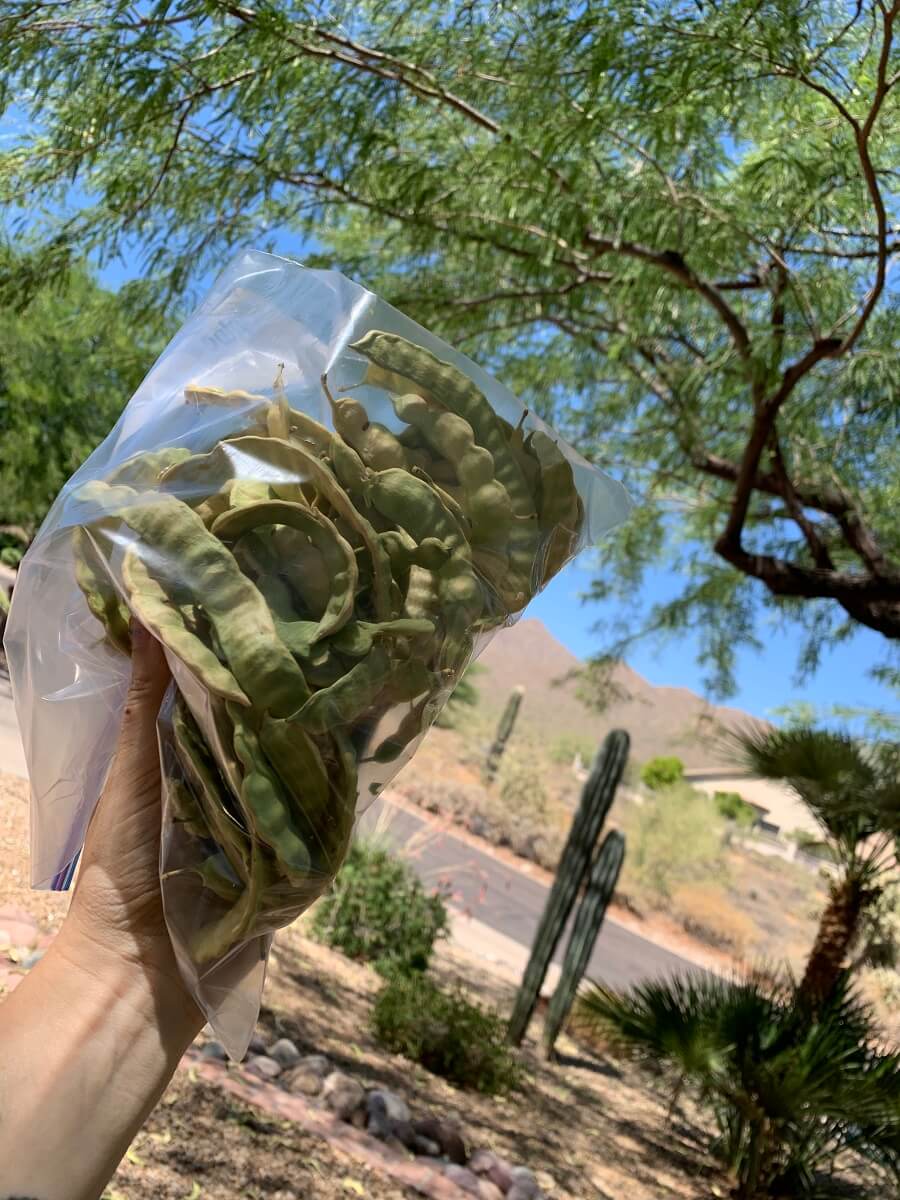
Mesquite beans are ripe and ready to use when they start to fall off the tree. It’s perfectly safe to pick them off the ground. Just make sure you don’t pick any that look rotten (have little black or brown spots). You can also collect them while still on the tree. Wait for them to be hard and golden — it’s usually late summer, early fall when they are ripe. Try to collect at least a cup.
2. Wash And Prepare The Beans
You don’t need to vigorously wash the pods, just rinse and clean them as you would with fresh produce. Break off any pieces of the beans that don’t look great, such as any with black or brown spots.
3. Roast The Beans
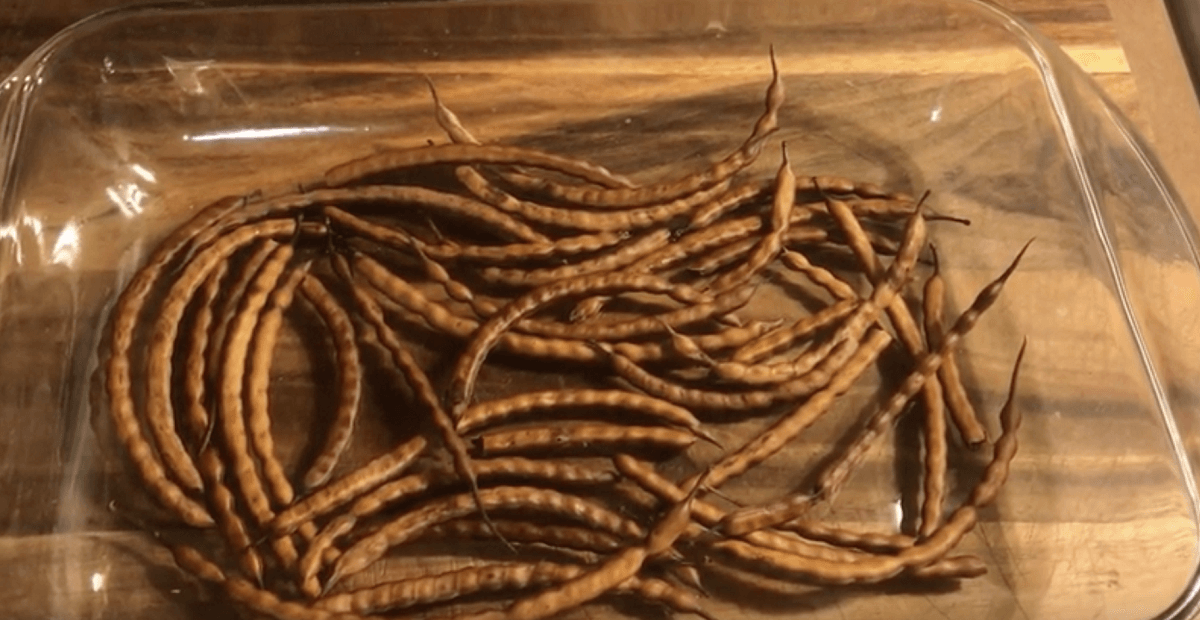
Set the oven to 350 degrees Fahrenheit, place beans on a pan, and roast for about 30 minutes. Roast the beans whole. They should come out medium to dark brown, but not black or burnt.
4. Allow Beans To Cool, And Grind
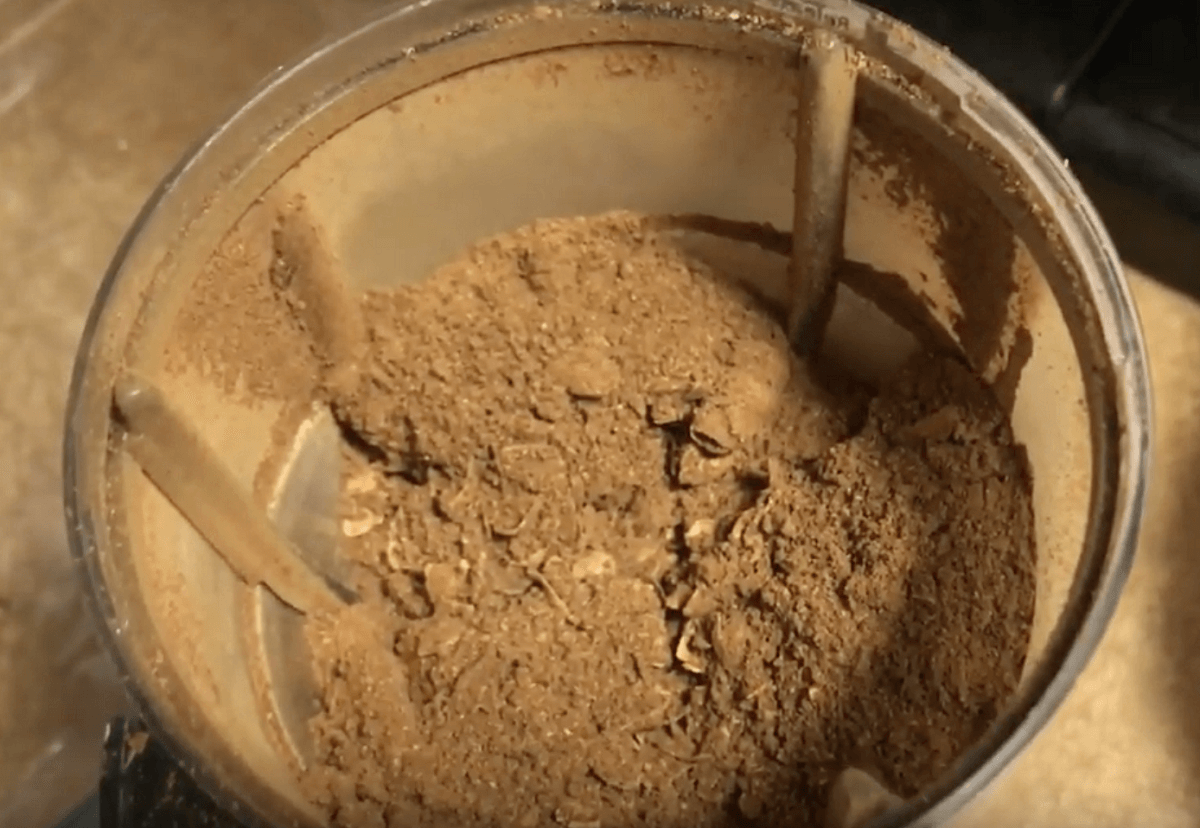
Once they’re out of the oven, give the beans a few minutes to cool. Once cooled, you’ll grind them up in a coffee grinder. Don’t worry if it doesn’t all get ground. There may be some husks or beans that don’t get fully ground and that’s normal.
5. Prepare Your Coffee And Enjoy!
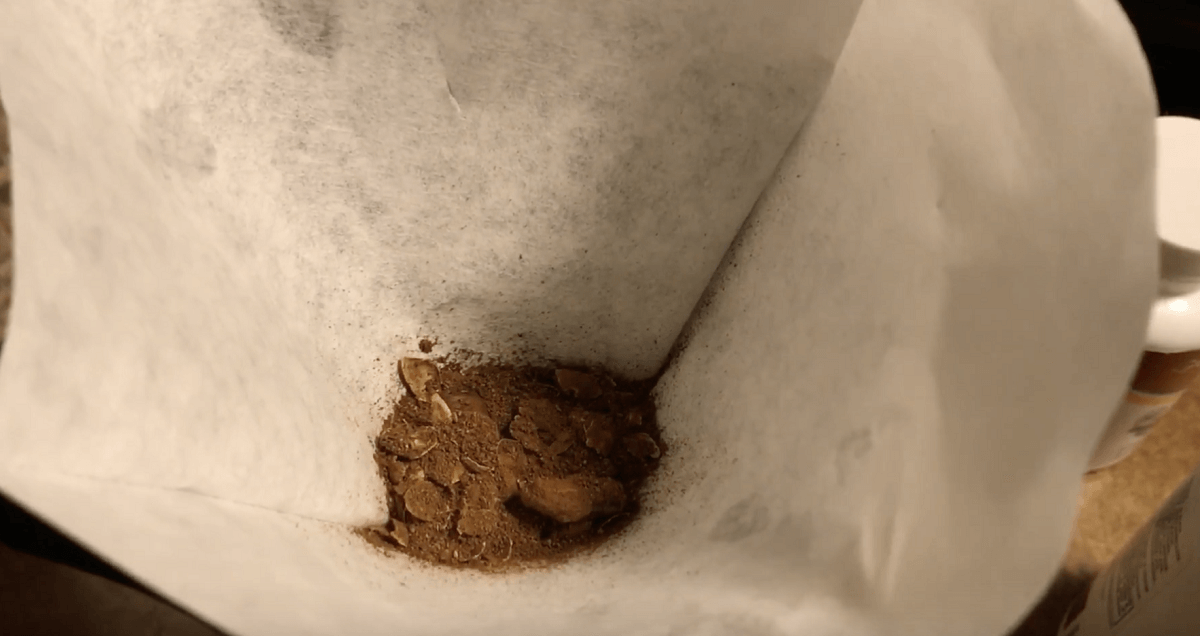
Prepare your coffee as you normally would, whether that be in a French press, a pour-over, an AeroPress, or an automatic coffee maker.
Related Post: Vegan Bulletproof Coffee
Mesquite bean coffee is one of my favorite energy sources and it’s easy to make. You can roast the beans in a variety of ways — including in a pan over a fire or propane while moving them about so they don’t burn.
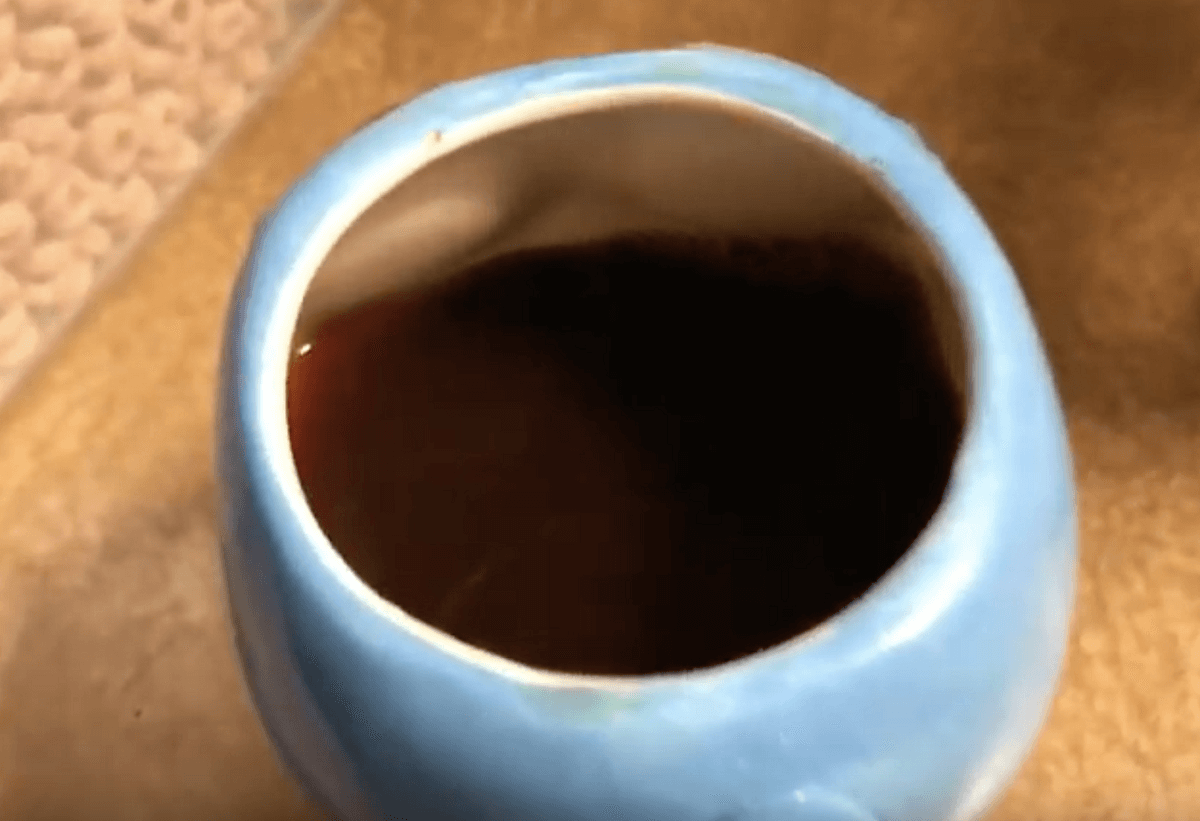
I do hope you’ll try this mesquite bean coffee and the various other ways of using the mesquite beans, leaves, flowers, and bark. Cheers!
Morgan lives and travels full time in an RV with her husband, two daughters, and two dogs. They travel the U.S. looking for adventure and sharing preparedness and survival knowledge. She is the owner and founder of Rogue Preparedness where she teaches emergency preparedness and survival skills. Conquer tomorrow, by preparing today!


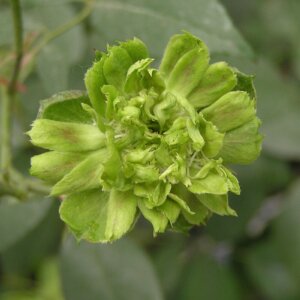
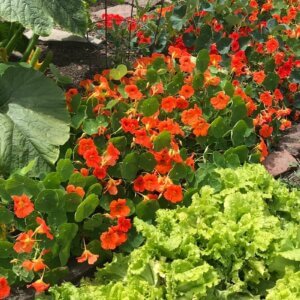

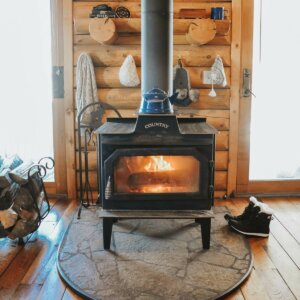



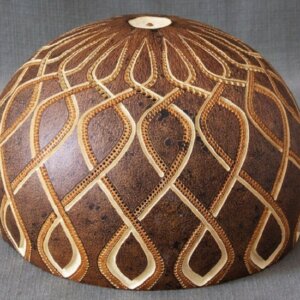

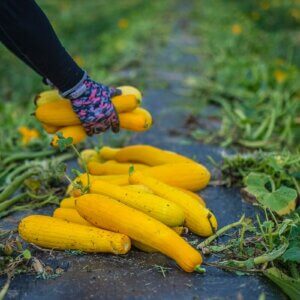

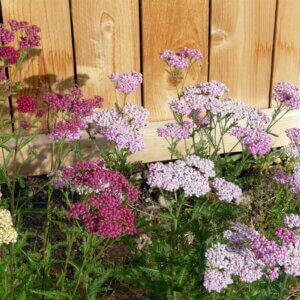
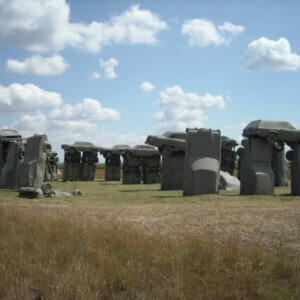
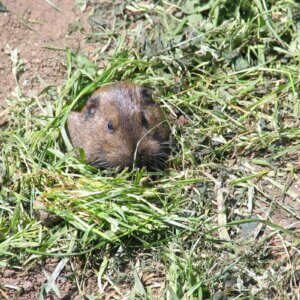




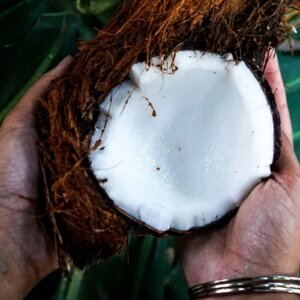
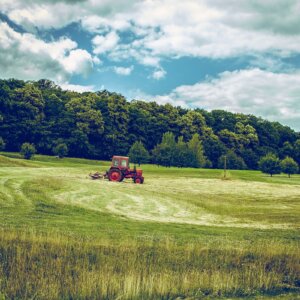


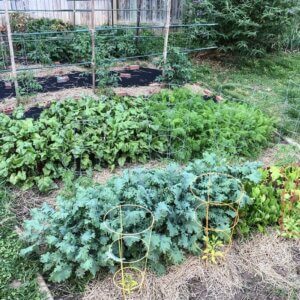

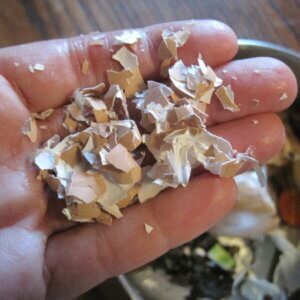


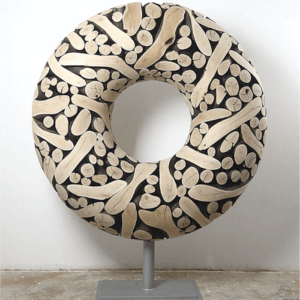



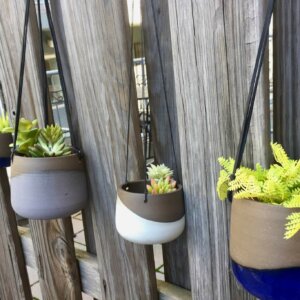
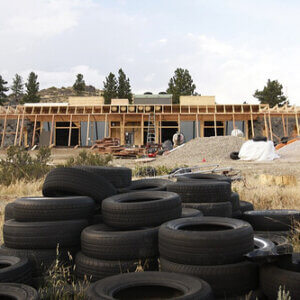
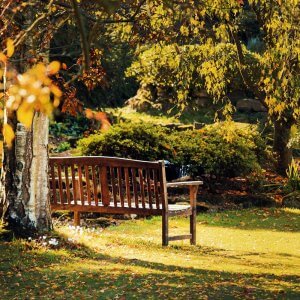



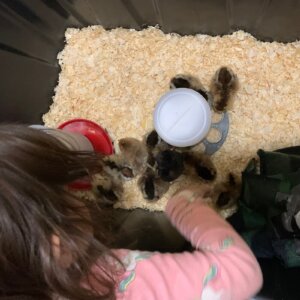
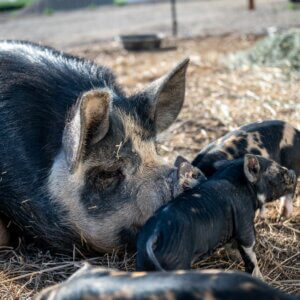
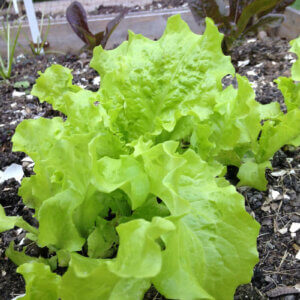
Love finding native or local alternatives to shipped-in coffee beans! This looks both easy and delightful–what kind of world would it be if more folks tried making their own cuppa-somethin? We don’t have any mesquite trees in my neck of the woods (we do acorn-dandelion-chicory coffee instead), but if ever I get the chance, I’ve got to try this. Thanks for detailing the process, and happy adventuring out there!
I do hope you’ll get a chance to make and try it someday! So fun and rewarding to find ways to procure and brew out own cuppa-somethin’, isn’t it? Thank you!
Ill mail you some if youd like. Serena.escobar13@yahoo.com
I knew nothing about mesquite trees and now I want to know if they may be here in the Algarve, in the south of Portugal where we live. Would you know? It’s a Mediterranean climate. The main crops I see as I walk are citrus trees, almond and carob just about everywhere in my neighborhood, if that gives you a clue. Thanks! I just love your website?❤️
As far as I’m aware, mesquite trees only grow in Mexico and southern US, specifically in TX. I do hope one day you’ll be able to try it somehow!
You should give it a shot either way. Portugal might be slightly far north for it but wouldn’t hurt to try. They grow as far north in the US as Oklahoma and in the Desert SW USA, all the way to Chile and Argentina. We can probably find a way to get you some seeds to try to plant.
This is fascinating. I live in Texas, but I never heard of this. A quick question, do you use just the beans, or the beans and the husks? I just want to be sure.